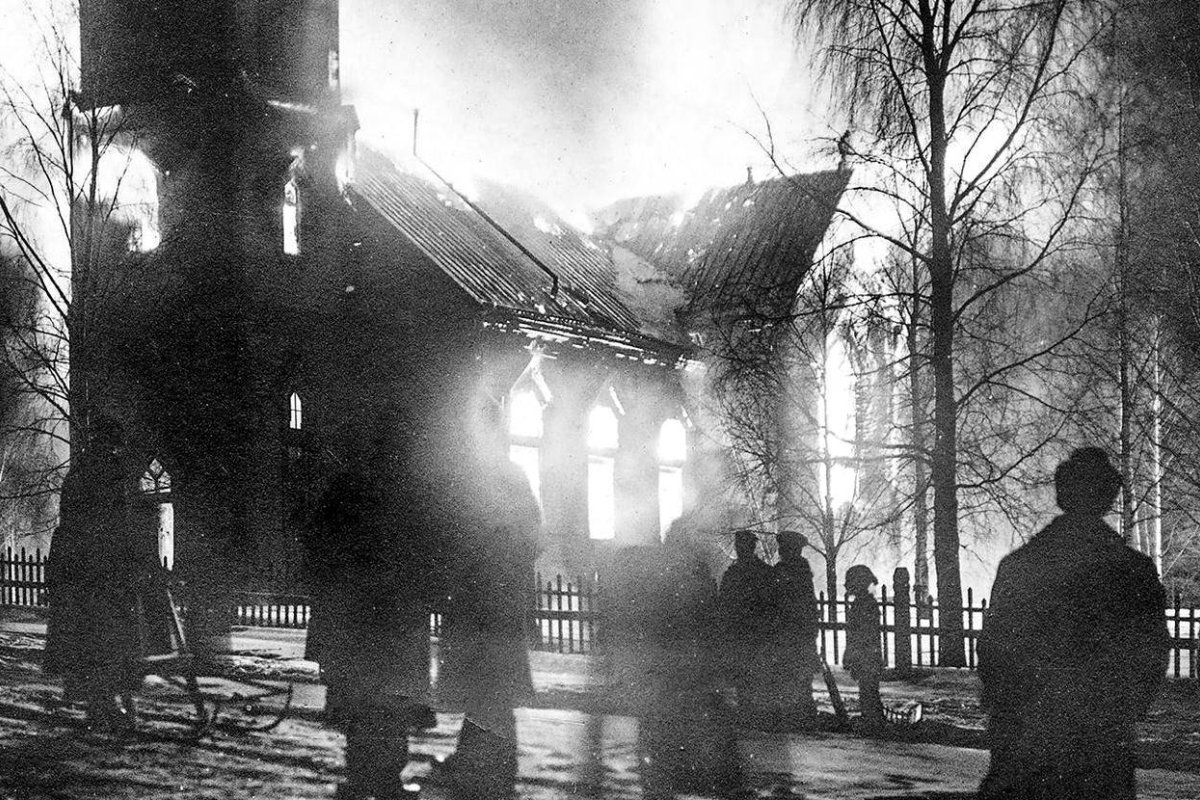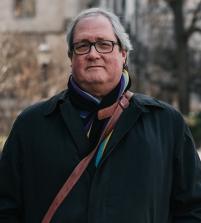
“The Higher Law”: Tracing the Color Lines with Charles Chesnutt
Charles Chesnutt’s novel "The Marrow of Tradition" indexes the ongoing persistence of racism and the recourse to a color-blind “higher law” based putatively on ability rather than race.
This fall I led an online discussion of Charles Chesnutt’s The Marrow of Tradition (1901), a novel that has as its historical antecent the 1898 riot in Wilmington, North Carolina. Instigated by groups resistant to the “Fusion government” of Black and Republican voters, it was a literal coup d’etat that disenfranchised Black voters, removed the city’s Black leadership, and implemented the establishment of a program of “white supremacy” in elected office, the press, and commerce. It is a singular, and singularly unremarked, episode in histories of the United States. Chesnutt wrote his novel in the immediate aftermath of the riot and was especially cognizant of the historical inevitability of it. He also understood it to reflect the essence of America’s perduring problem with race, and its particular post-Reconstructionist manifestation. Though less widely known today, The Marrow of Tradition indexes the ongoing persistence of racism and the recourse to a color-blind “higher law” based putatively on ability rather than race.
Chesnutt’s thinly veiled counterpart to Wilmington is Wellington, and while the hateful group departs from history in modest respects, much of its rhetoric—in particular, the implicit threat of “black brutes” to white women, the insolence and presumption of Blacks, etc.—has as its source the white supremacist group in historical Wilmington. Chesnutt wrote the book as an intentional sequel to Harriet Beecher Stowe’s Uncle Tom’s Cabin: Or, Life Among the Lowly (1852), another, more famous book about race in America that staked its claim for the reader’s attention on its verisimilitude to inconvenient and ignored actualities.
While similar in these respects, the connection is nonetheless complex. Chesnutt clearly draws inspiration from Stowe’s genius in writing a novel that represents race as fundamental to America, and in adopting a narrative voice that is at once realistic and moralistic. Where, however, Stowe’s vantage is prospective admonition, Chesnutt’s is retrospective lamentation. Also, Stowe’s geography of America is the nation, demarcated via the Ohio River into “North” and “South”. Chesnutt’s America is a city that, by the novel’s end, turns out to be insufferably claustrophobic for everyone, irrespective of race or class, who survives.
The cardinal difference, however, is that while both novels excoriate racism, Stowe does so by distinguishing essential attributes of her novel’s “white” and “black” characters (which have crucial implications for their religious disposition or their lack thereof). Chesnutt’s novel depicts common attributes across race to accentuate the utter arbitrariness of social class. He signals this through repeated use of the word “tradition”—which references the inherited assumptions that govern the social interactions of black and white people alike. The reader is made to see how invocations of this “higher law” govern every public and even private interaction. Crucially this “higher law” comes to serve as the justification the white supremacists offer for their actions. They argue that it is presumption (“uppityness”) among their Black counterparts that warrants a riot. Like the religious fundamentalists described so well by Martin E. Marty and R. Scott Appleby, the white supremacists in The Marrow of Tradition invoke an idealized past that never existed but that serves their vision of a new order comprised of a master class and a servant class differentiated by a strict racial typology.
Chesnutt complicates this by showing that “higher law” is at once endorsed and rebuffed by both Black and white characters in the novel. Fully drawn enslaved people are shown to live with affection and devotion, at once calculated yet unmistakably sincere, with their former owners. They present an “old order” that contrasts vividly with a “new order” represented by Josh Greene, a Black laborer whose father was killed by a white man from whom Greene lives to seek retribution.
Chesnutt extends these complications to families. Crucial to the novel’s plot is an unambiguously admiring portrait of a Southern gentleman whose commitment to Reconstruction is unassailable and who is forced to confront the fact that his degenerate son has arranged the trumped-up arrest of the family’s devoted servant for a murder that the son himself committed. But his most arresting depiction of “family life” concerns the half-sisters Olivia and Janet, who share a father but not a mother, and at once resemble each other so closely that each is often mistaken for the other, yet one is white and the other Black and, as a result, they reside on opposite sides of Wellington’s color line. (W.E.B. DuBois judged the novel to be the finest representation of his phrase that was known to him.) Intuitively aware of each other’s presence yet unable to look the other in the eye, in tandem Olivia and Janet embody at once mutual recognition and innate antagonism. One of the novel’s many ironies is that its denouement forces them to face each other down.
As this account suggests, Chesnutt composed a narrative of America in which the fitful efforts at reconstruction in the post-Civil War United States had receded inexorably under the obdurate and enduring pressure of racism. That era is framed by two Supreme Court decisions: the 1856 Dred Scott decision and the 1896 decision in Plessy v. Ferguson with its notorious language of “separate but equal.” Chesnutt grasped earlier and better than most that the same forces that advocated for slavery and Civil War would re-gather to roll back Black citizenship and full participation of all citizens in civic life.
In a nation that has yet to achieve anything like a full reckoning on matters of race, Chesnutt’s novel is the keystone that links Stowe’s novel with Ralph Ellison’s Invisible Man (1951). Both Uncle Tom and Ellison’s nameless but unforgettable narrator come into greater relief when we see them in terms of the remorselessness of “the higher law” and its ordering principle for American life.
Featured photograph by Anton Fredrikson via public domain


